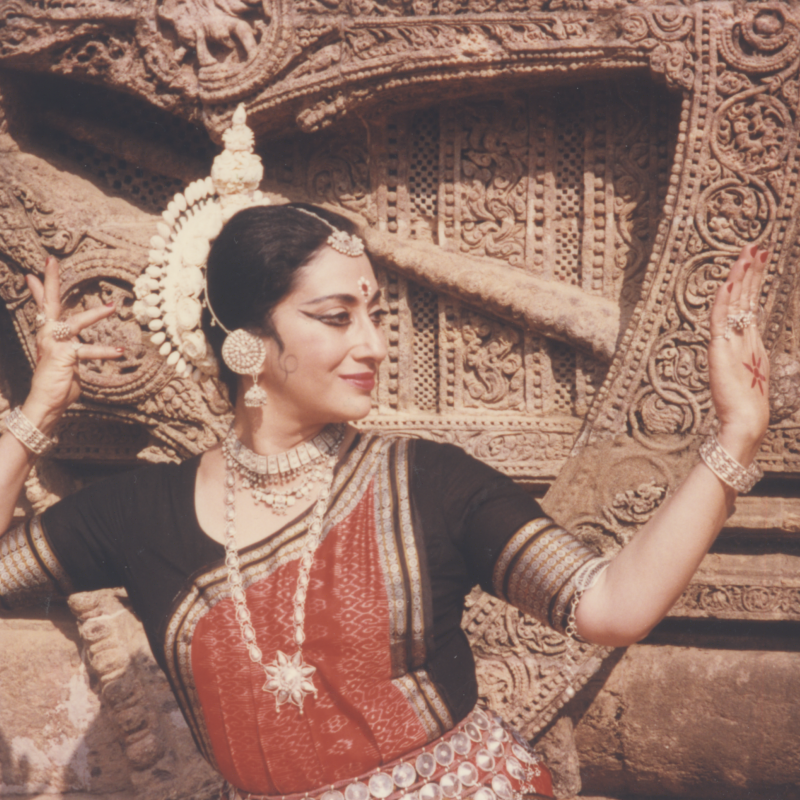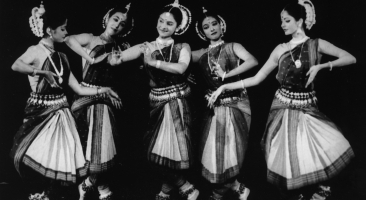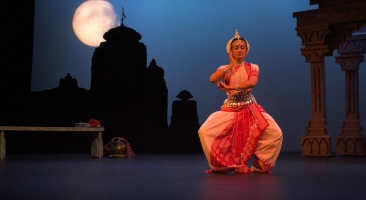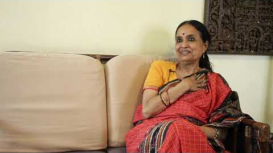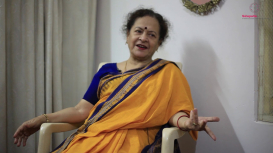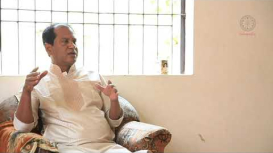The dance form of Odissi (earlier known as Orissi) traces its genesis to the classical age of Indian history. Based on the edicts and panels in Udayagiri and Khandagiri caves near Bhubaneswar that depict dancers in court demonstrating the chauka stance of Odissi, it is widely assumed that the style dates back to the second century BC. Natyashastra, the apex literature on theatre, drama and dance mentions Odhra Magadhi as one of the four dance styles prevalent in the early and medieval periods of India. Odhra Magadhi is perceived by scholars as a precursor to Odissi. However, the style of Odissi that we see now is a neo-classical invention catalysed by the freedom movement, a discovery of self-identity and that of the nation, but is, at the same time, informed by several native traditions like that of Maharis, Gotipuas, the erotic temple sculptures, Pattachitra and numerous tribal influences.
Sangeet Natak Akademi formally recognised the classical stature of Odissi in 1958. It was the Odia poet and scholar Shri Kalicharan Pattnaik who coined the term in 1955. In 1958, scholars, researchers, practitioners and gurus like Pankaj Charan Das, Kelucharan Mohapatra, Debaprasad Das, Mayadhar Raut, Dhirendra Pattnaik, etc., formed an association called Jayantika, and over several meetings spread over a year, they worked towards systemising the pedagogy and establishing a uniform repertoire of Odissi. There were pioneer dancers like Sanjukta Panigrahi who did not belong to any traditional artiste families but yet broke all moulds to broaden publicity for this nascent dance style.
This module, being published as a two-part series, will trace the history of Odissi as a dance form, and explore its various styles and changing aesthetics through interviews with prominent disciples of legendary gurus Kelucharan Mohapatra and Debaprasad Das and Guru Mayadhar Raut.
